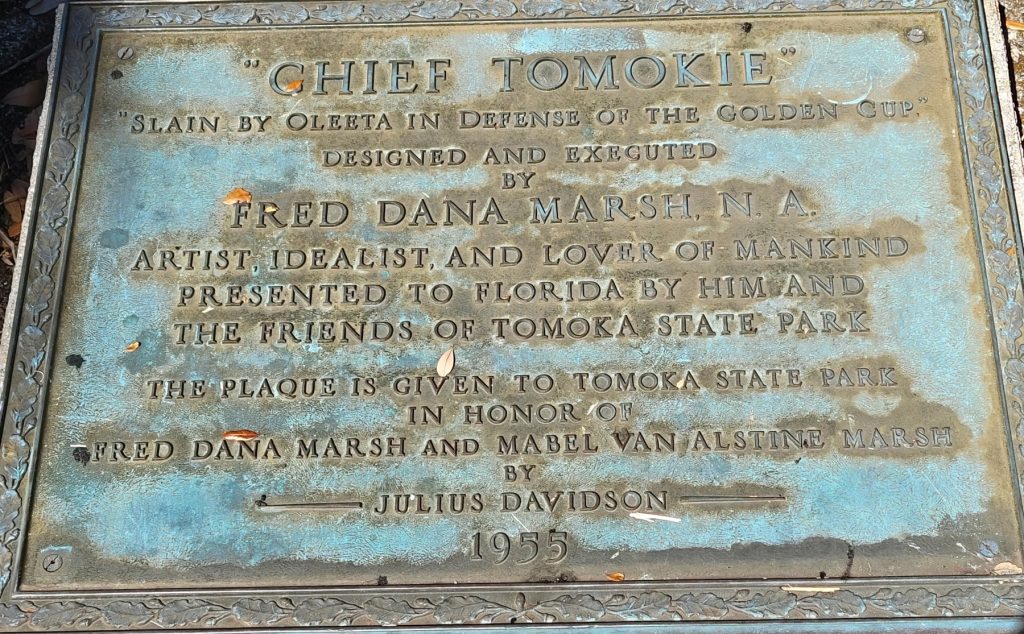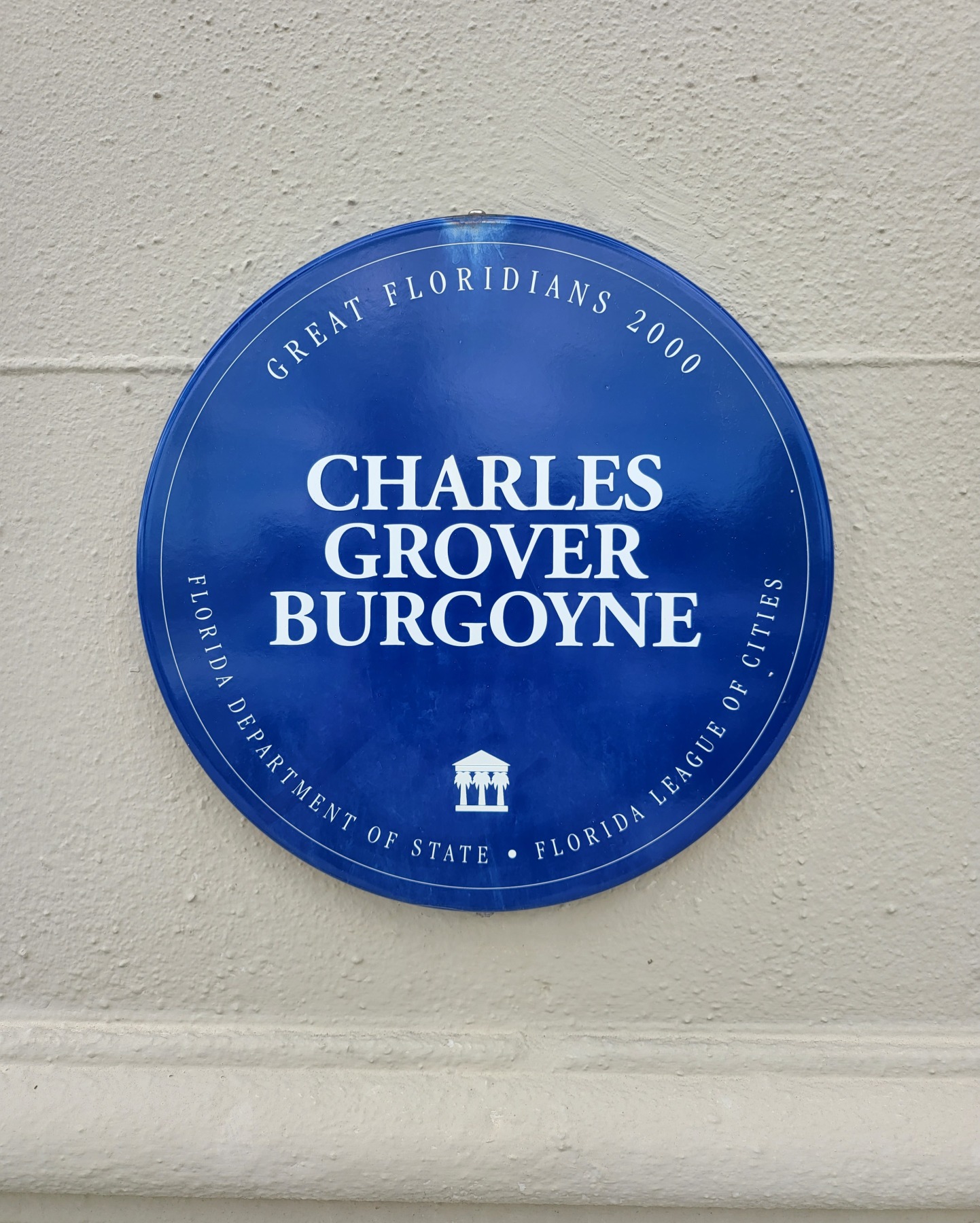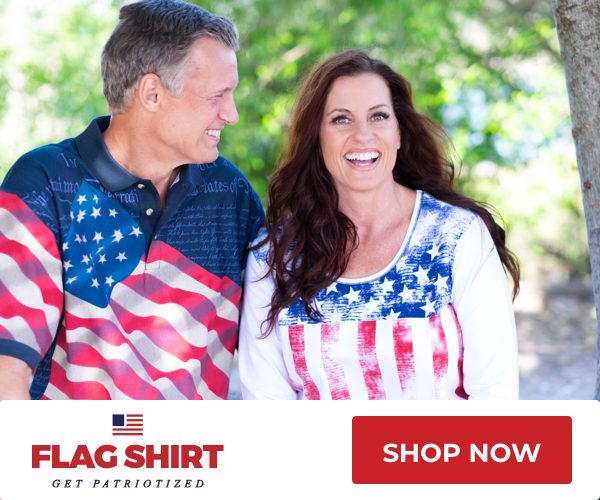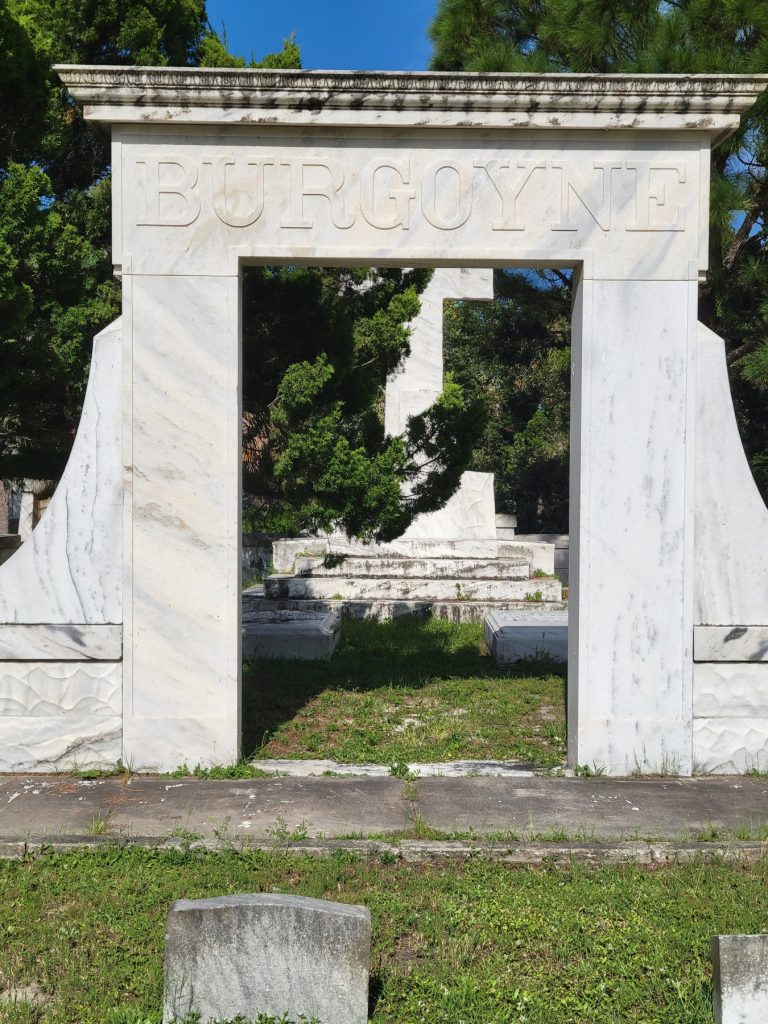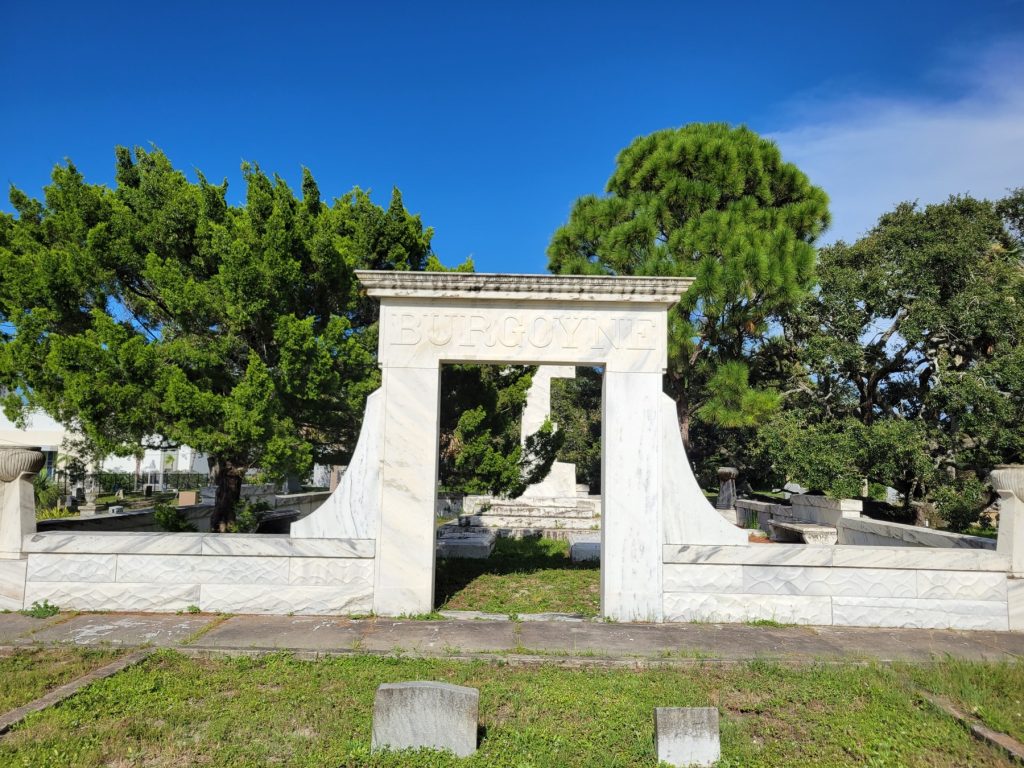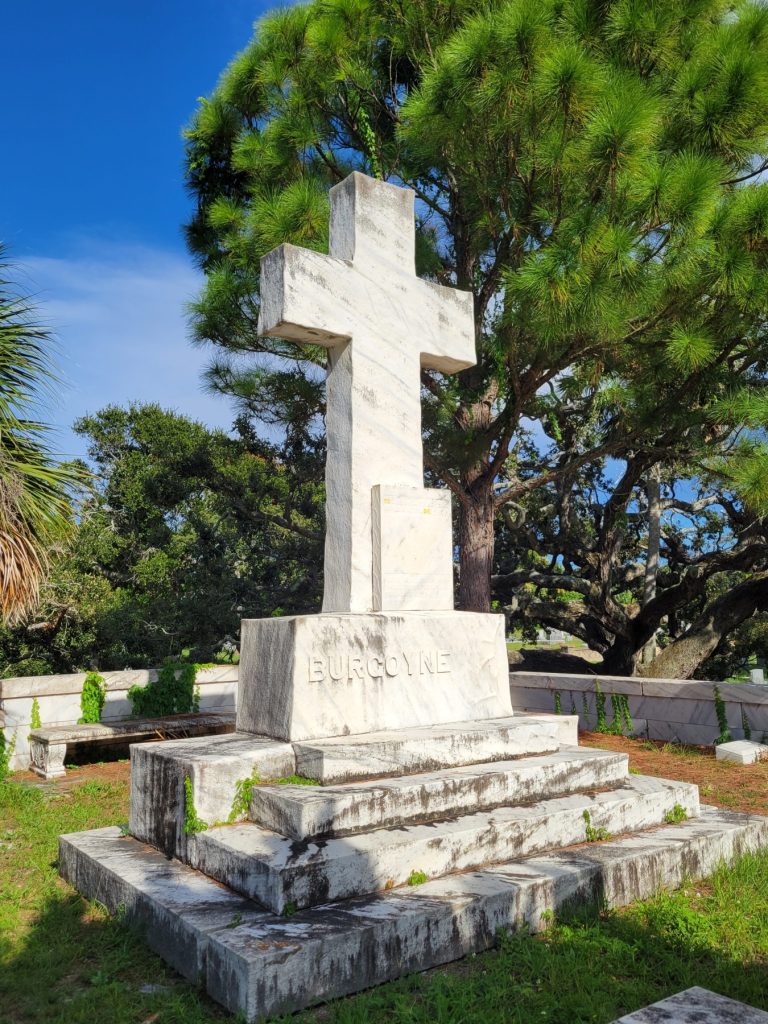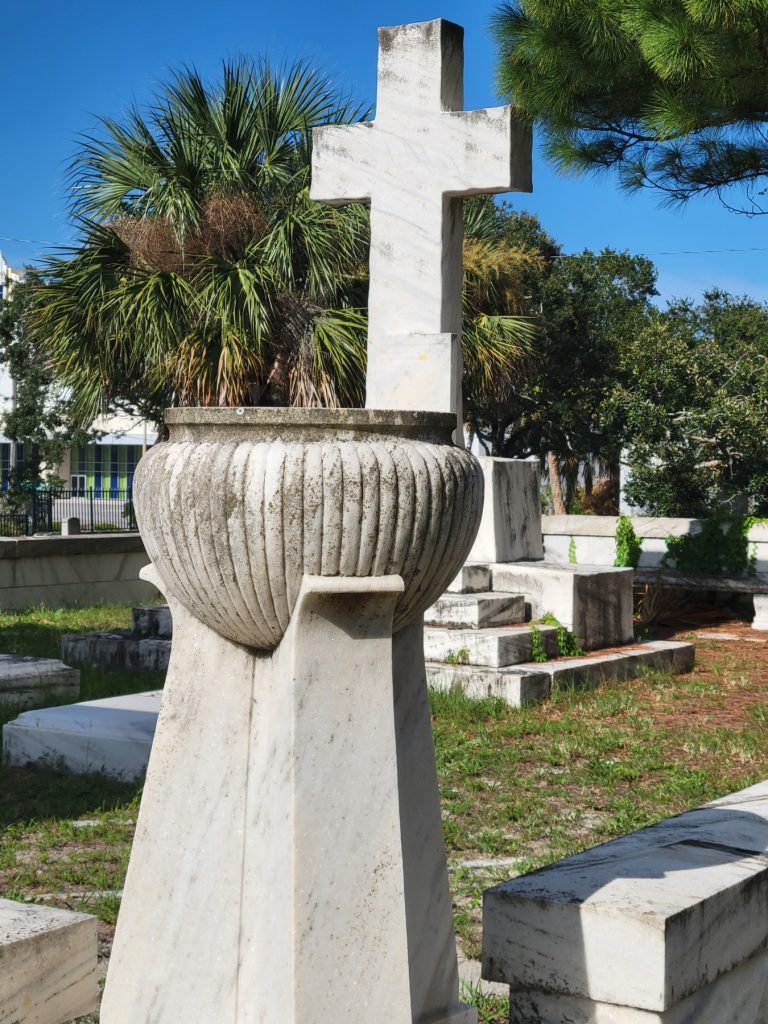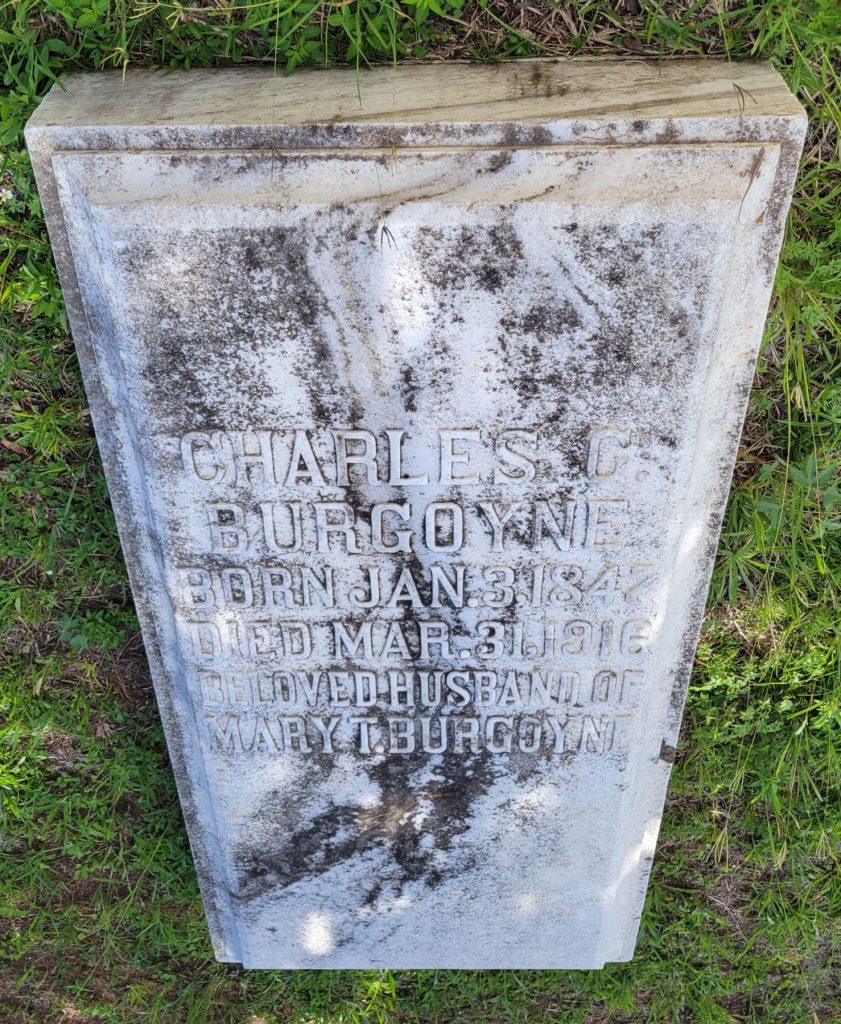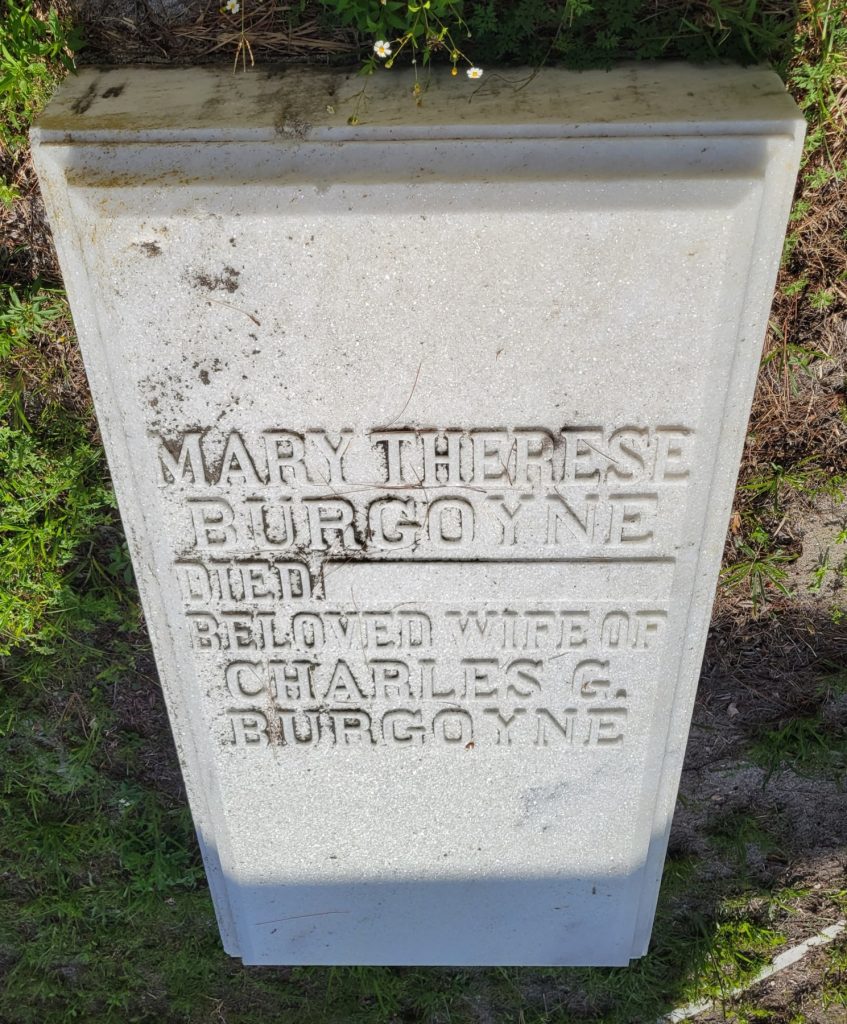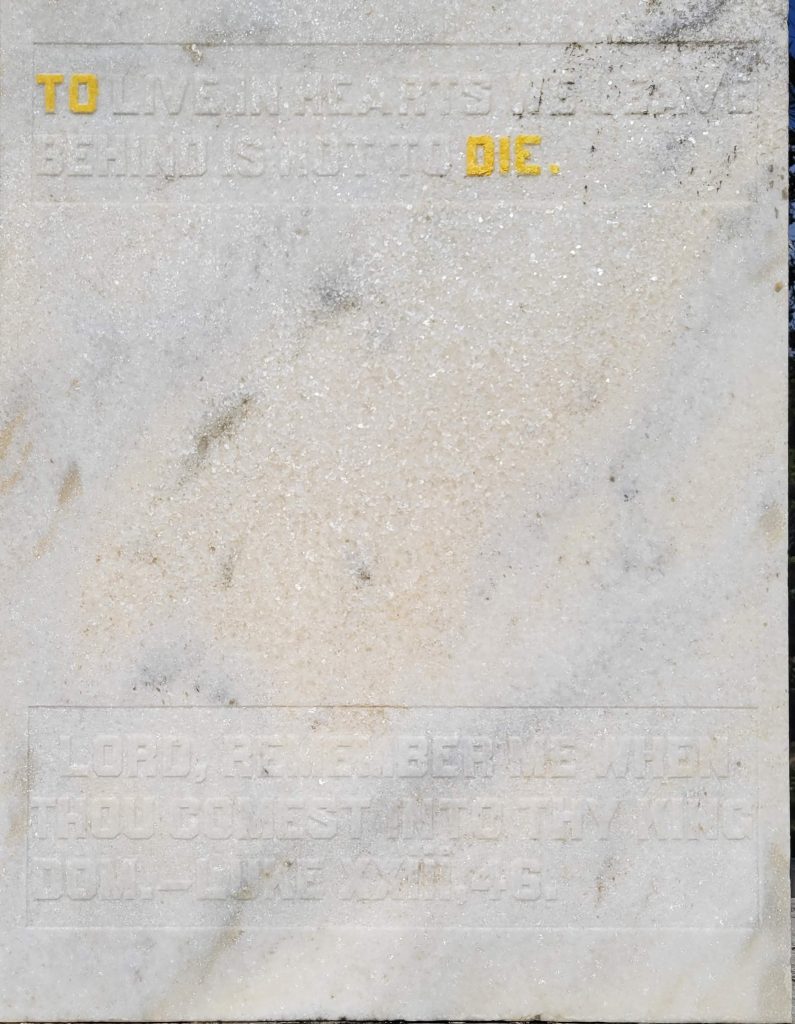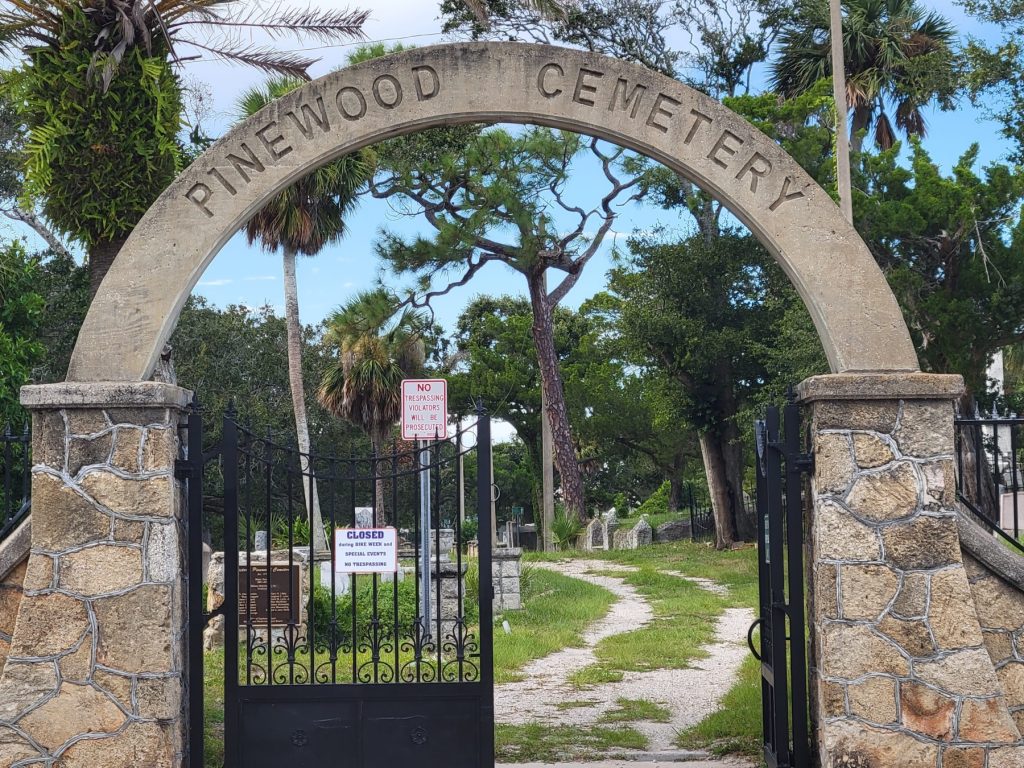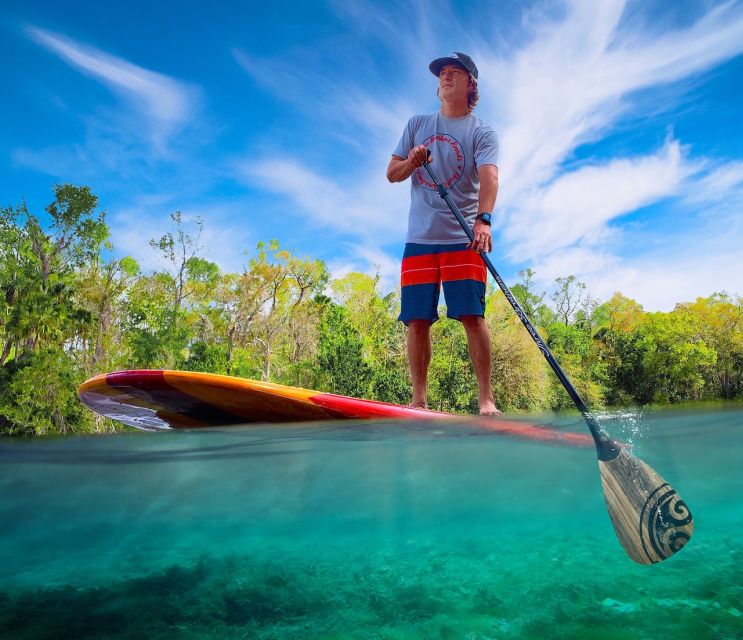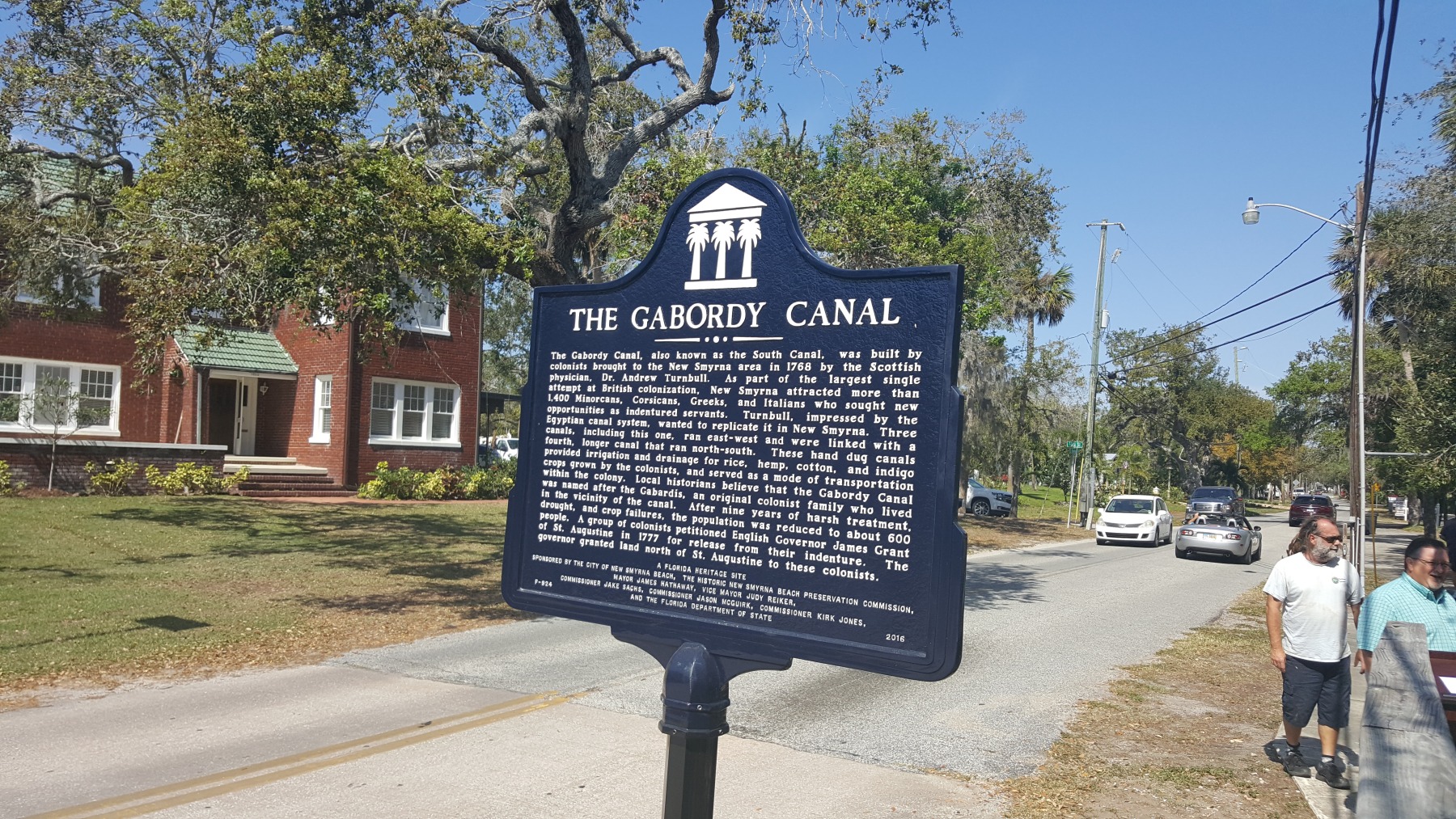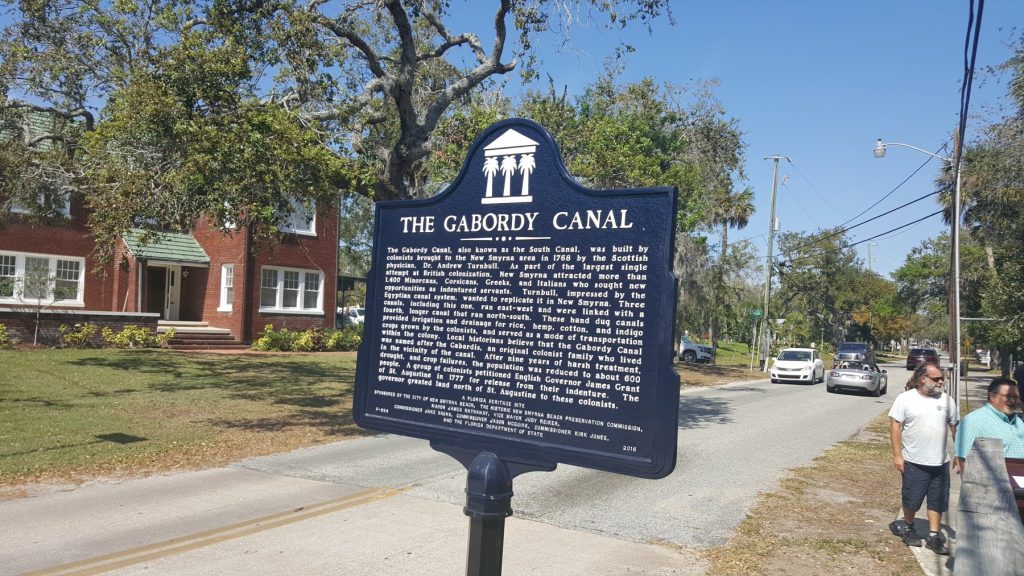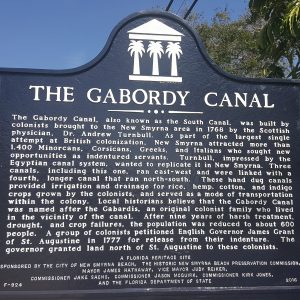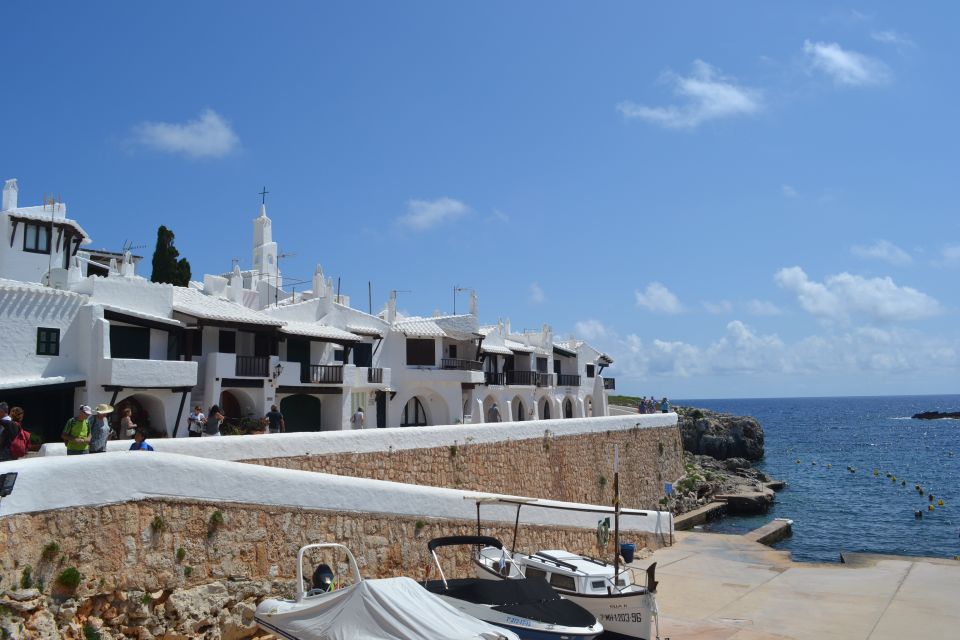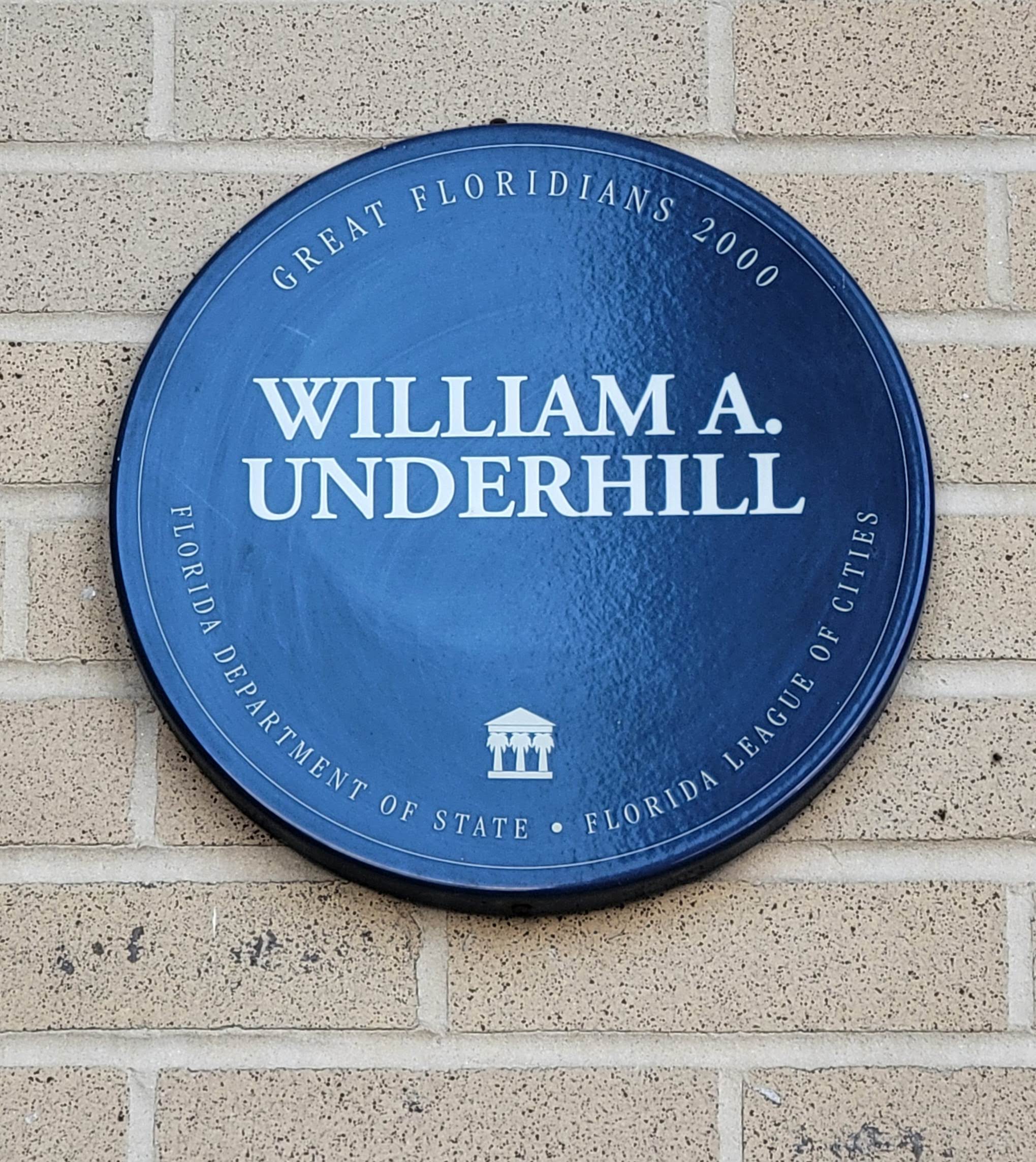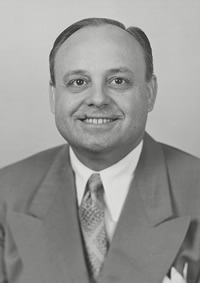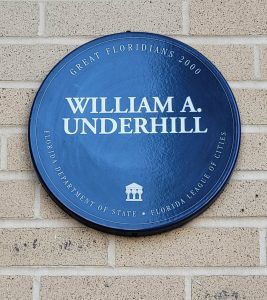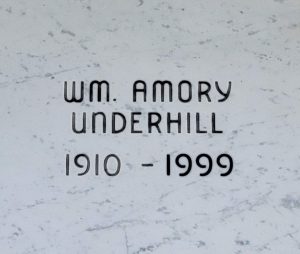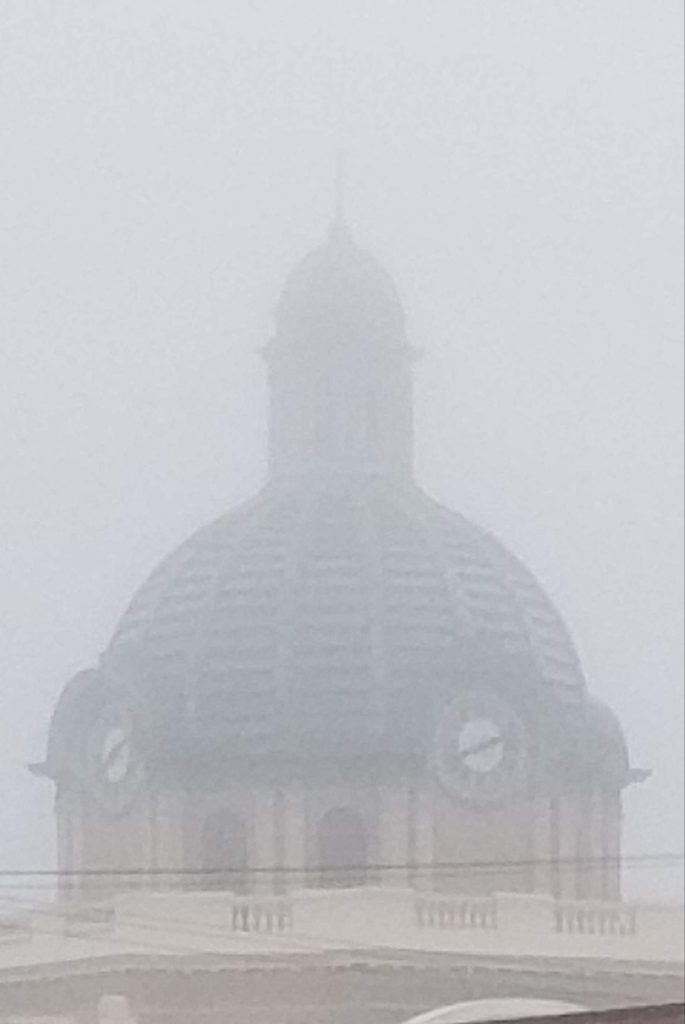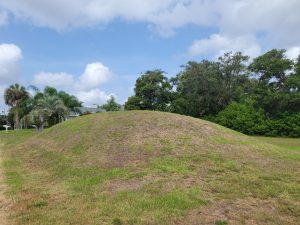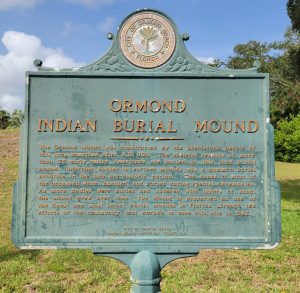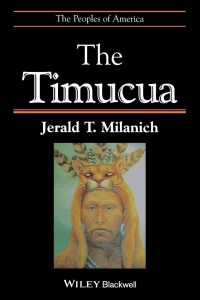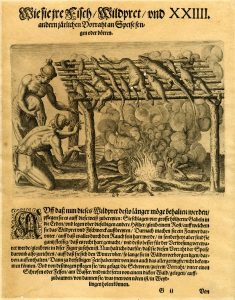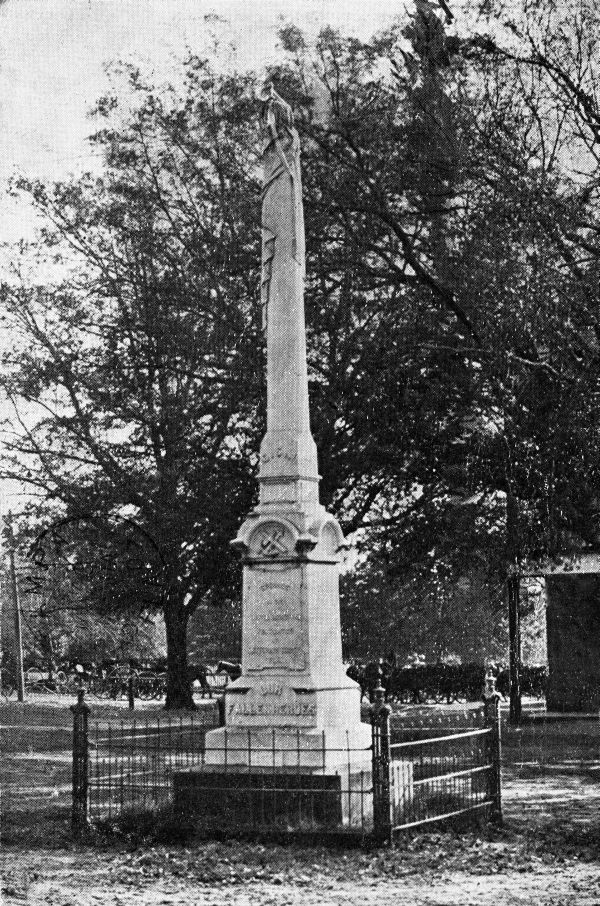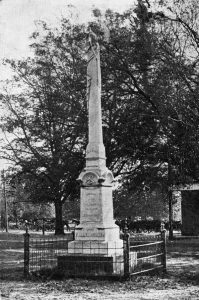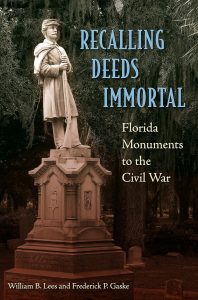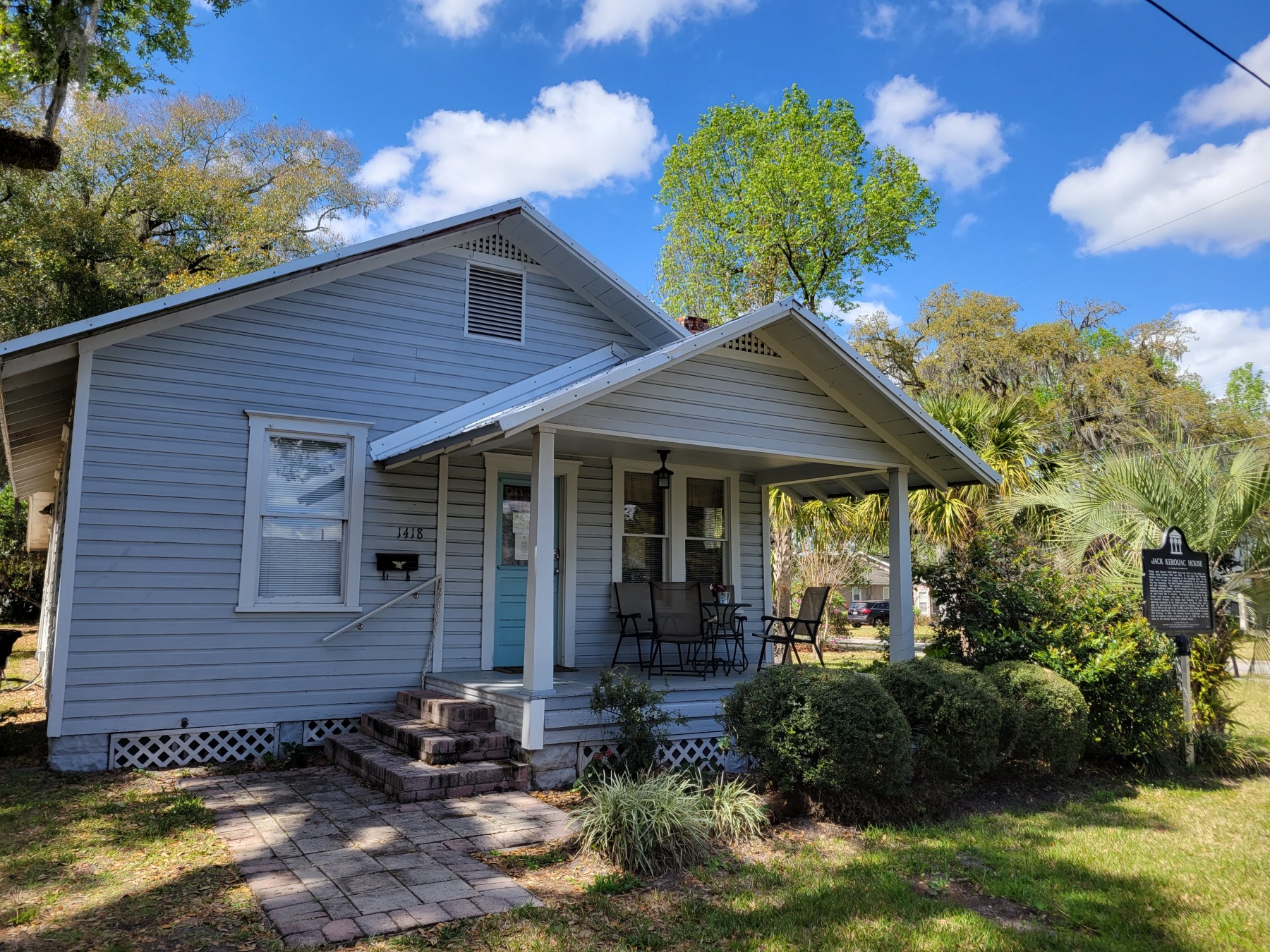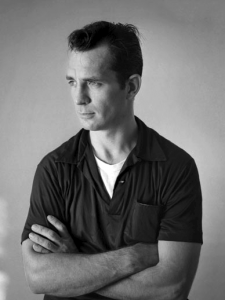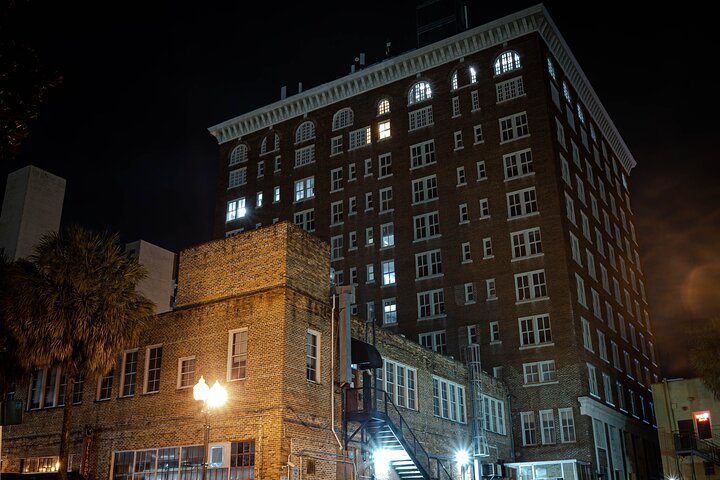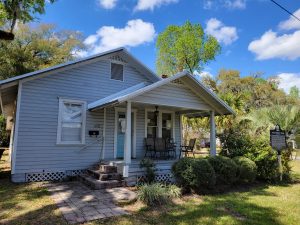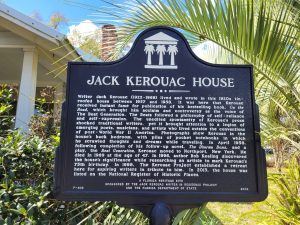Oak Hill Village Improvement Association Historic Marker
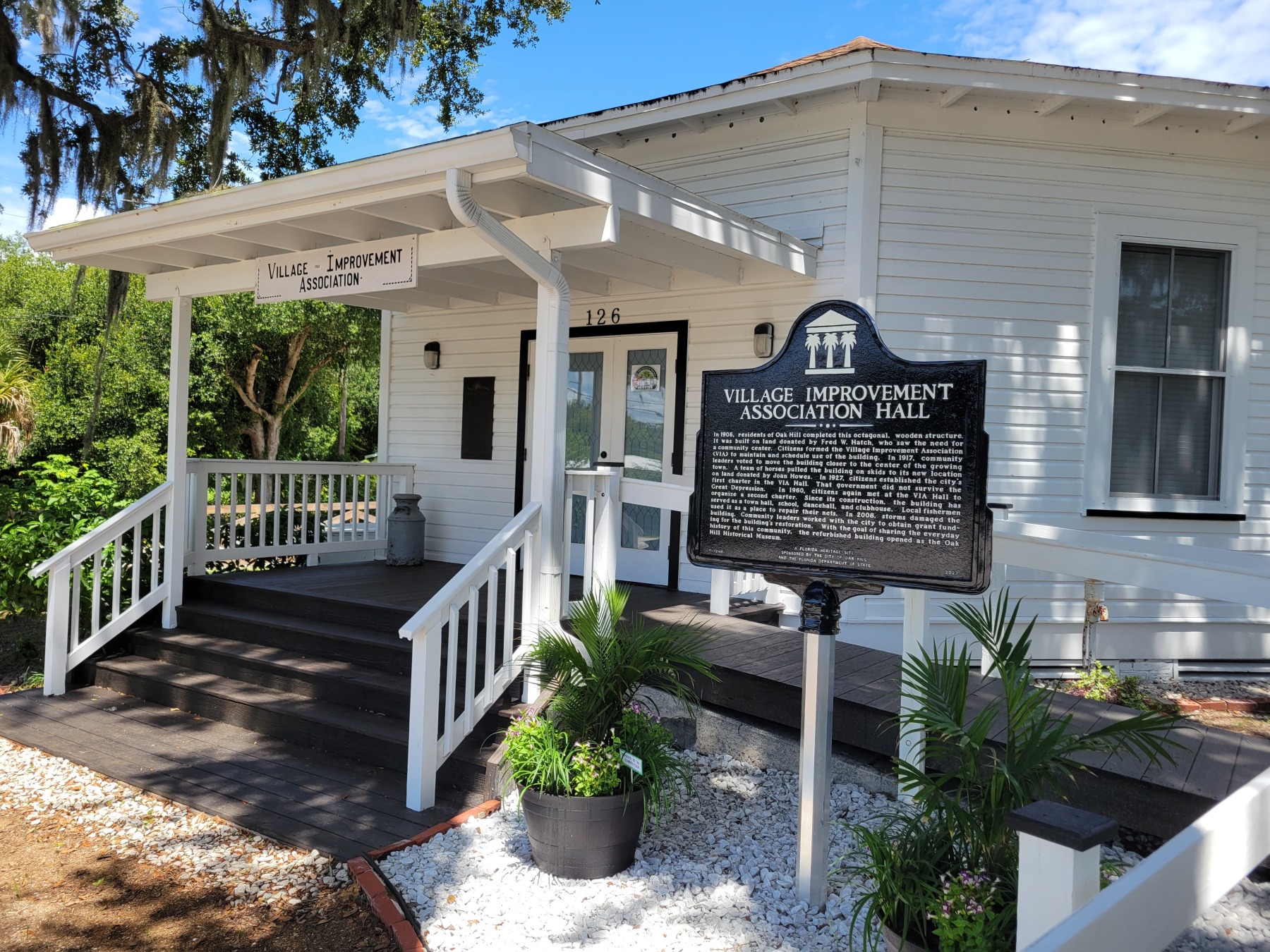
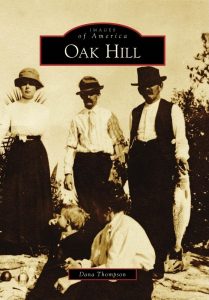
Oak Hill
Oak Hill, Florida is a small, tight knight community located near the extreme southeast corner of Volusia County. The 2020 United States Census Bureau report showed a population of just under 2,000 residents. While still small, the town has grown significantly since the turn of the century. Residential property development will increase the population dramatically in the next few years. These new residents will potentially place a strain on limited governmental resources as new services will be required.
Early settlers in what is now the Oak Hill area included Jacob Davy Mitchell. Mitchell founded a citrus business and in the following years many similar business sprang to life. By 1887 the area contained 220 acres of citrus trees. Fishing and seafood were another popular and profitable business. With the Intracoastal Waterway on the doorstep and easy access to the Atlantic Ocean, fishermen worked hard, but were able to earn a living. The arrival of Henry Flagler’s Florida East Coast Railway allowed for fish and fruit to be shipped but also brought need goods and materials to the small group of settlers.
The first city charter was created in 1927 but was soon abandoned in 1930. The city operated on an informal basis for more than three decades. It was in 1962 that local residents re-incorporated.
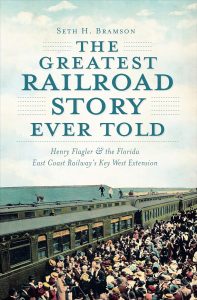
Association Hall
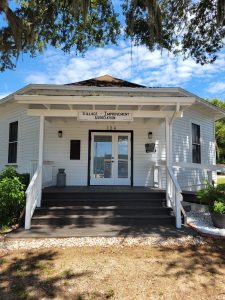 Prior to the first incorporation in 1927, in 1906, local residents F. W. Hatch, H. J. Magruder, and Leonard Mosby formed the Oak Hill Village Improvement Association with goals of organizing community events and resolving any local problems. The Association purchased a lot located at what is now 146 U.S. Highway 1. Here, they constructed a Town Hall building as a meeting space. The building was constructed in a single story octagonal design. The reason this design was created and the name of the architect are lost to time according to the NRHP nomination form.
Prior to the first incorporation in 1927, in 1906, local residents F. W. Hatch, H. J. Magruder, and Leonard Mosby formed the Oak Hill Village Improvement Association with goals of organizing community events and resolving any local problems. The Association purchased a lot located at what is now 146 U.S. Highway 1. Here, they constructed a Town Hall building as a meeting space. The building was constructed in a single story octagonal design. The reason this design was created and the name of the architect are lost to time according to the NRHP nomination form.
As stated, the building was originally constructed on what is now US 1. By 1915, the makeup of the town had changed and residents began to consider whether a new location for the Hall would be more suitable. Joan Howes donated a lot on Halifax Avenue. Using a team of horses and logs, the building was moved approximately two tenths of a mile to a prominent location, near the town business district. Today, the building is across Halifax Avenue from the post office and library buildings.
It was in the Association building that critical issues, such as the 1927 incorporation of the town, and the 1930 discontinuation of the town charter were discussed and approved. When the city charter was reactivated in 1962, the VIA Hall served as the home of city government until the new City Hall was constructed in 1965.
Other uses of the unusually shaped building included being used as a voting precinct, social events such as community dances, and boy and girl scout troop meetings. The building served for seven months as home to Baldwin’s Store, after the community grocery store burned to the ground in September 1935. The VIA Hall was home to the Howard Putnam Library during the years of 1943 through 1970, when the growing library moved to the new City Hall building before moving across the street from the Hall in 1974.
After many years of active community involvement, The Oak Hill Village Improvement Association experienced a membership decline in the 1990s and discontinued their operations in 2002. The building, which was in need of considerable repairs and upgrades, was deeded to the city. City leaders began to explore funding opportunities in order to bring the VIA Hall back to life. They received two crucial lifelines allowing work to proceed.
Restoration
The first came in the form of a $35,000 donation from Korean businessman and benefactor, Dr. K. T. Chung. These crucial funds would be used as partial match for a County of Volusia ECHO (environmental, cultural, historic, outdoor) grant. With nearly $150,000 from the county and the required dollar for dollar match, Oak Hill was on its way.
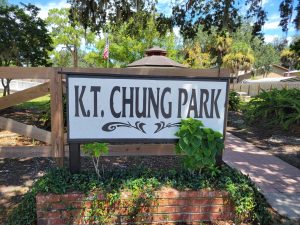 A park, adjacent to the Hall was dedicated in Dr. Chung’s honor on May 21, 1995. Approximately 100 persons turned out for the ceremony which featured a chorus from Burns-Oak Hill Elementary School and a solo from singer Pat Plummer. A reception in Dr. Chung’s honor was held in the Hall after the park dedication.
A park, adjacent to the Hall was dedicated in Dr. Chung’s honor on May 21, 1995. Approximately 100 persons turned out for the ceremony which featured a chorus from Burns-Oak Hill Elementary School and a solo from singer Pat Plummer. A reception in Dr. Chung’s honor was held in the Hall after the park dedication.
When the project had been completed in 2009 work accomplished included building stabilization, restoration of the interior, and adding ADA compliant restrooms and entrance ramps.
In January 2023, the Florida Department of State announced that the Oak Hill Village Improvement Association Hall had been added to the National Register of Historic Places.
Historic Marker
As a part of the National Register nomination, the city applied for a State of Florida historic marker. This marker was awarded in 2023 and reads
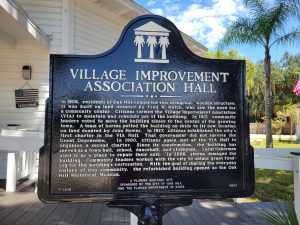 Village Improvement Association Hall
Village Improvement Association Hall
In 1906, residents of Oak Hill complete this octagonal wooden structure. It was built on land donated by Fred W. Hatch, who saw the need for a community center. Citizens formed the Village Improvement Association (VIA) to maintain and schedule use of the building. In 1917, community leaders voted to move the building closer to the center of the growing town. A team of horses pulled the building on skids to its new location on land donated by Joan Howes. In 1927, citizens established the city’s first charter in the VIA Hall. That government did not survive the Great Depression. In 1960, citizens again met at the VIA Hall to organize a second charter. Since its construction, the building has served as a town hall, school, dancehall, and clubhouse. local fishermen used it as a place to repair their nets. In 2006, storms damaged the building. Community leaders worked with the city to obtain grant funding for the building’s restoration. With the goal of sharing the everyday history of this community, the refurbished building opened as the Oak Hill Historical Museum.
A Florida Heritage Site Sponsored by the City of Oak Hill and the Florida Department of State
F-1246
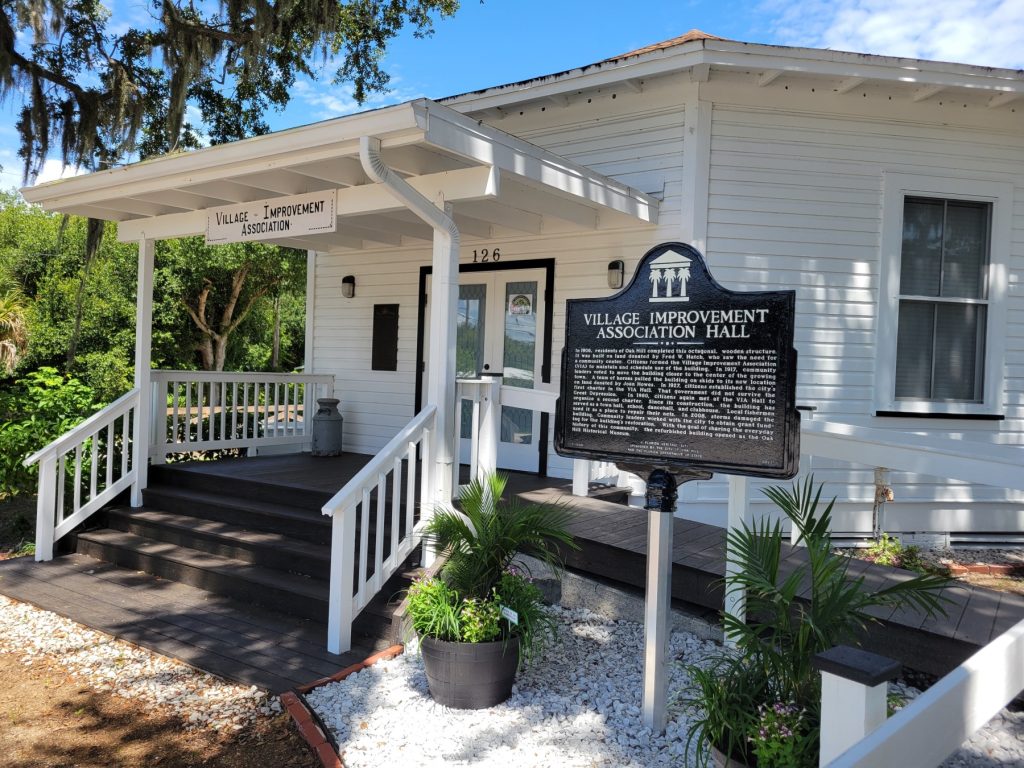
Sources
Dewees, Mary. History and Memories of Oak Hill, Florida. Oak Hill: Self Published. 1984.
Florida Department of State. Press Release: Secretary Byrd Announces the Designation of Village Improvement Association Hall in the National Register of Historic Places. January 24, 2023.
Goodrich, Marie S. “Korea, Oak Hill Find Park Common Ground.” Daytona Beach News Journal. May 23, 1995.
National Park Service. National Register of Historic Places Nomination Form. August 16, 2022.

This post may contain affiliate links. If you click these links and make a purchase, I may receive a small commission. This commission does not affect any price that you pay. Affiliate programs or sponsors providing products do not influence my views and opinions.
Use Hotellook to search and compare hotel prices, getting you the best option for your budget. By searching multiple booking sites, Hotellook will find properties that aren’t shown on the large sites. This gives YOU the advantage. Start searching now or use THIS LINK to visit the site directy and learn more.


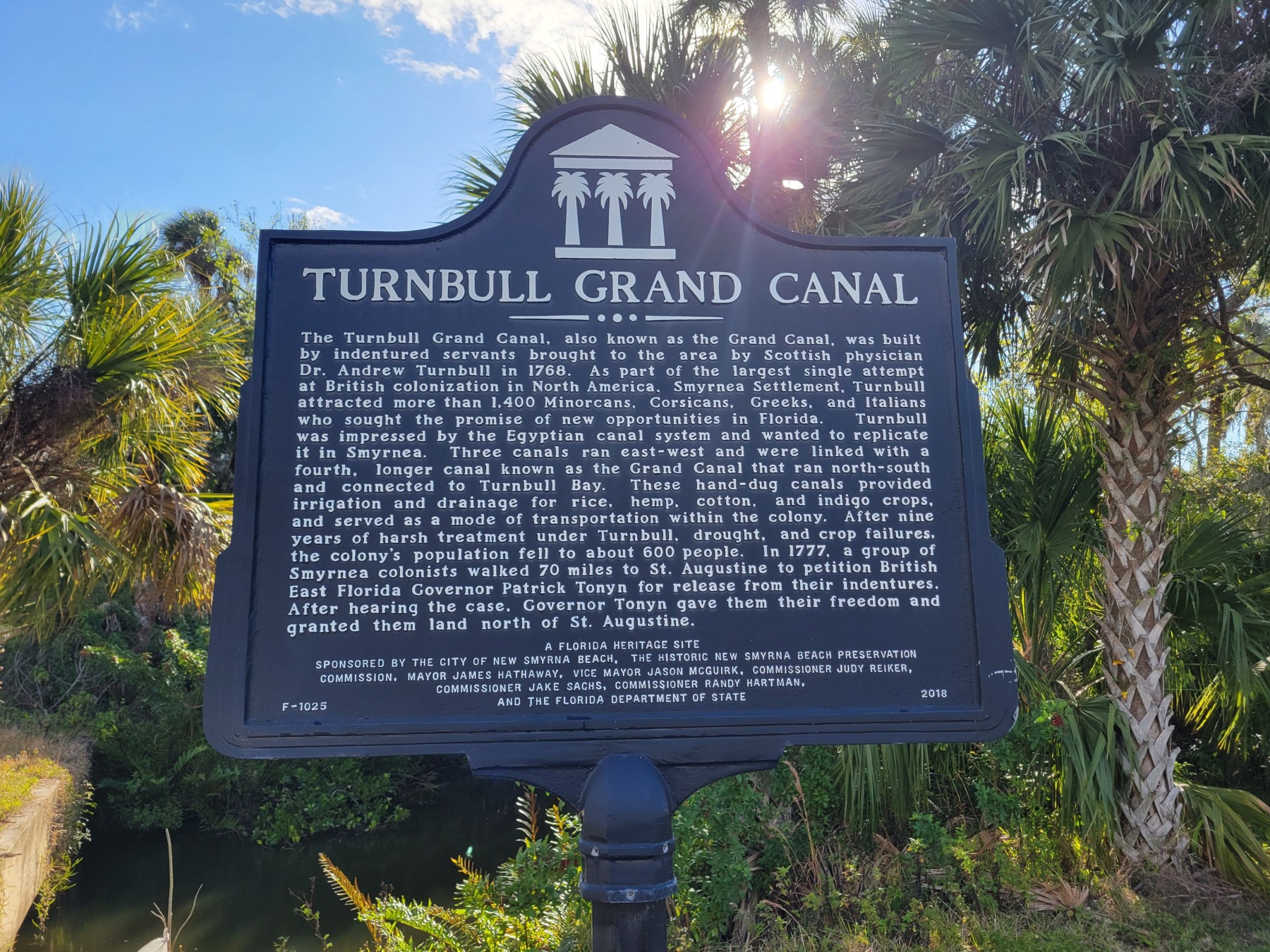

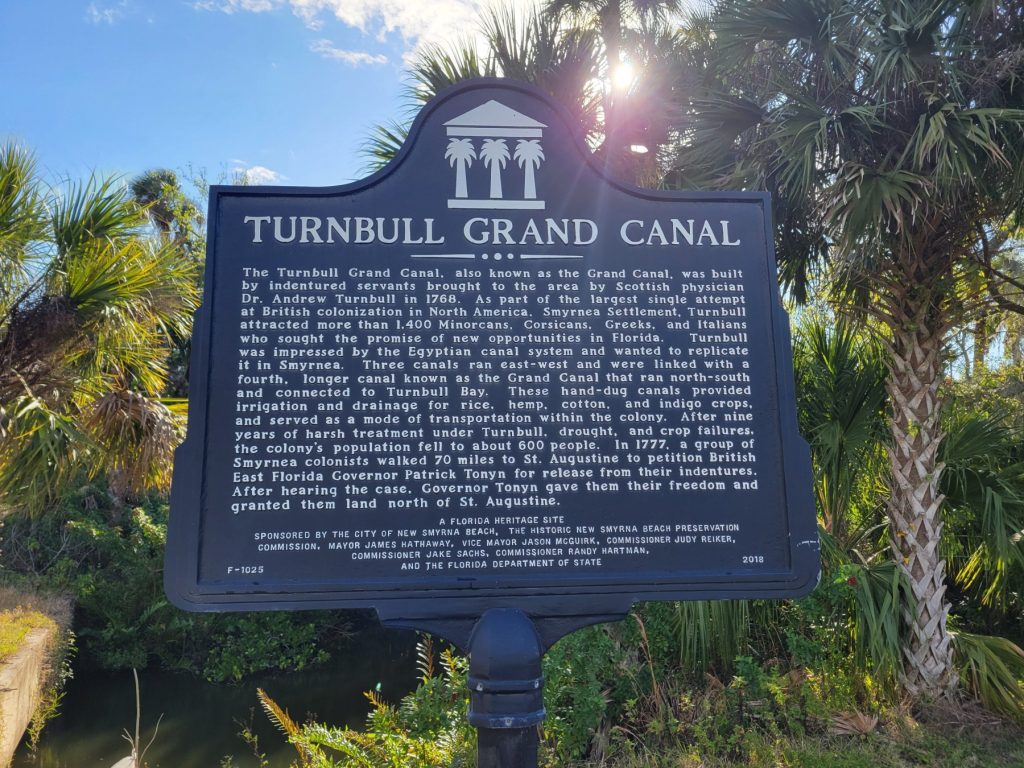
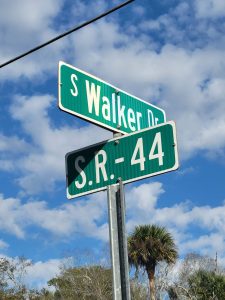
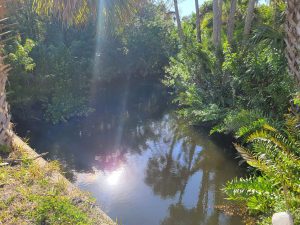
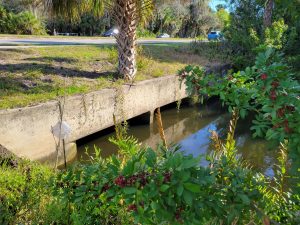
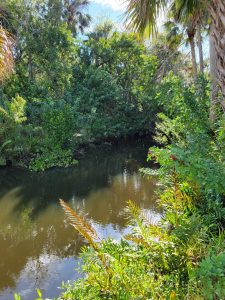
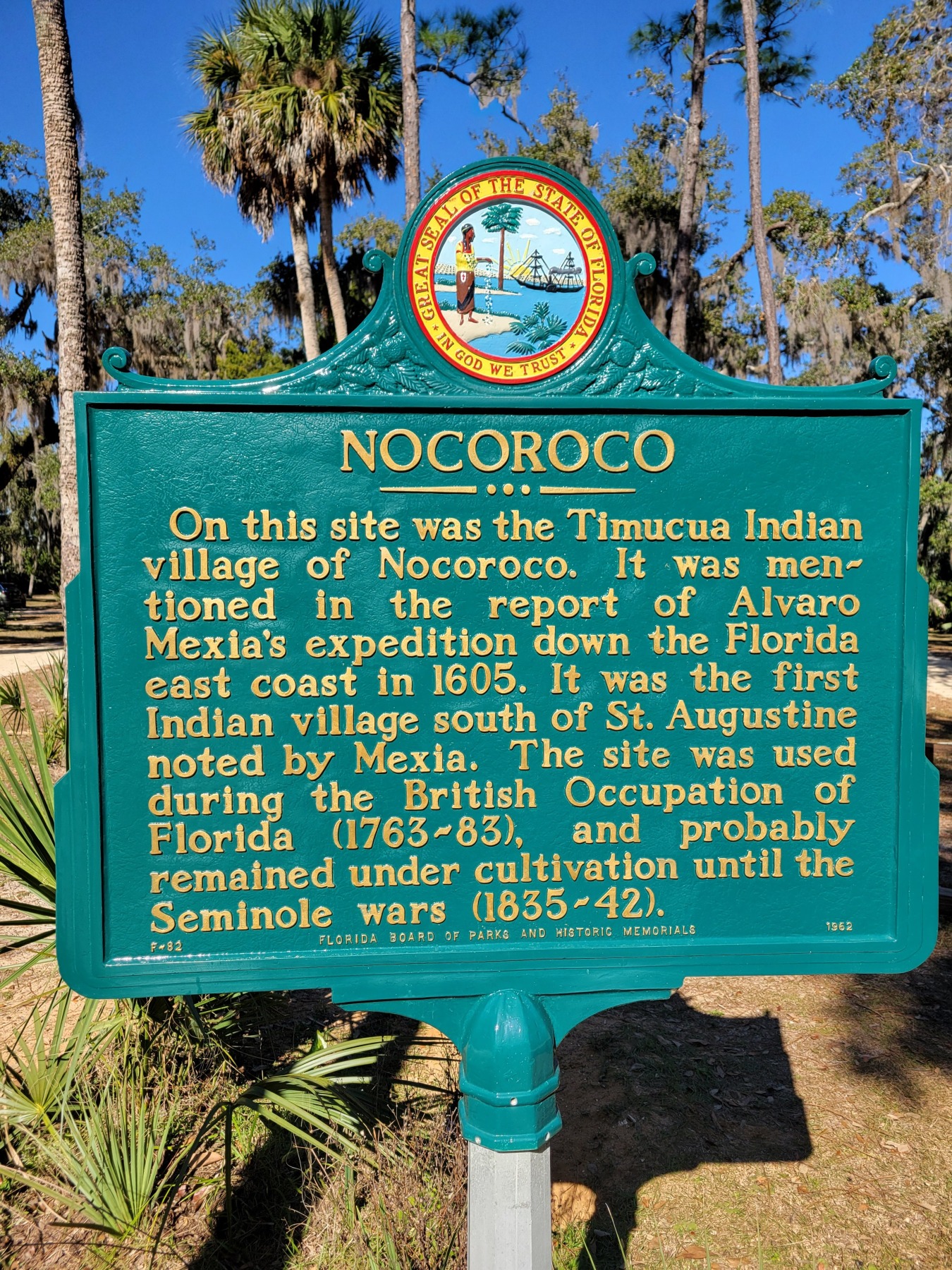
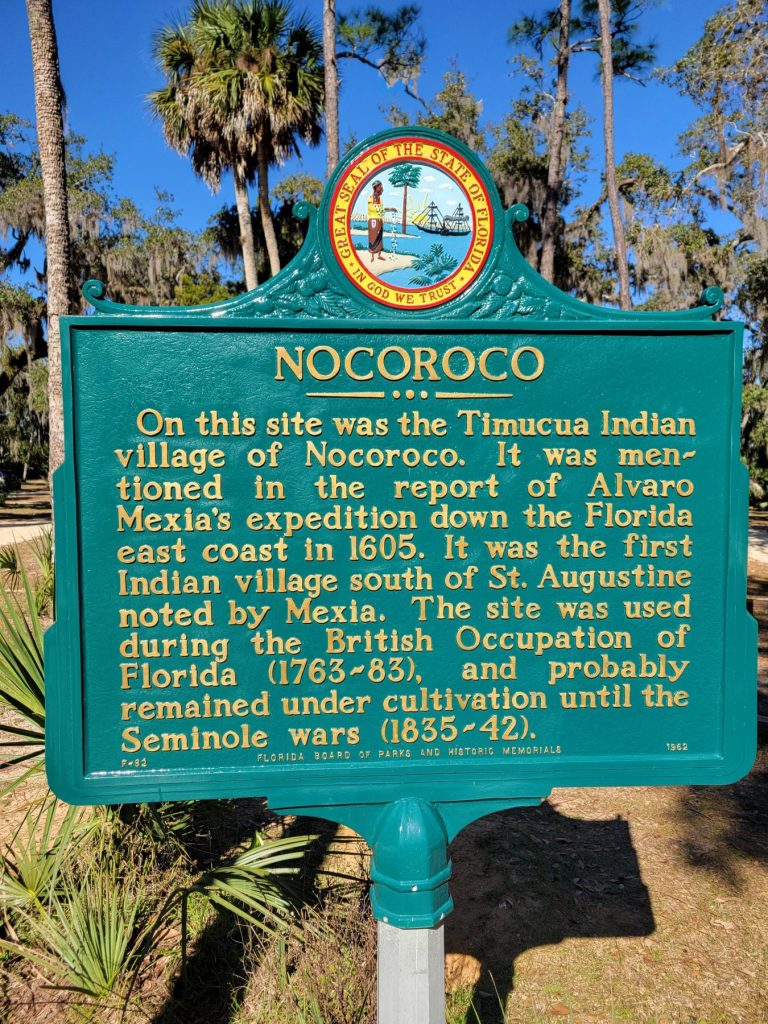


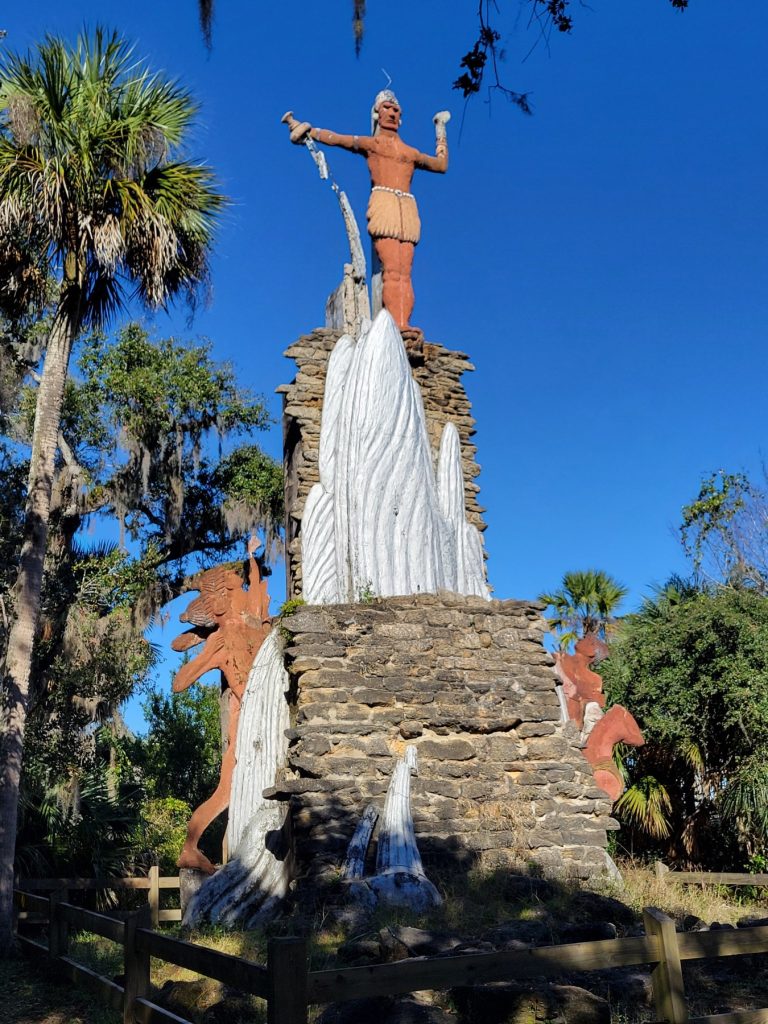
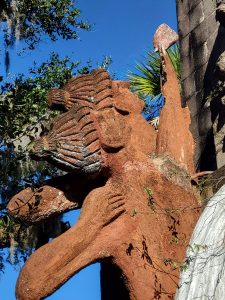 Tomokie Today
Tomokie Today